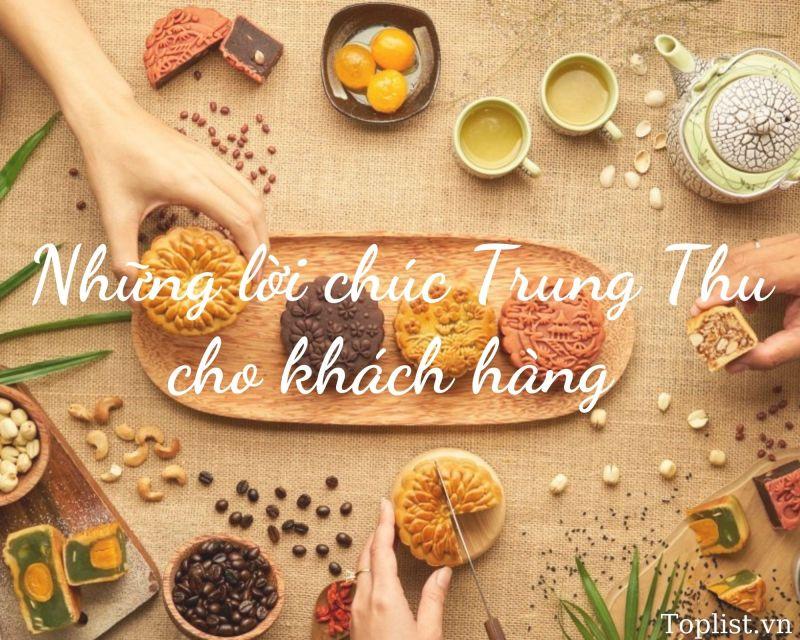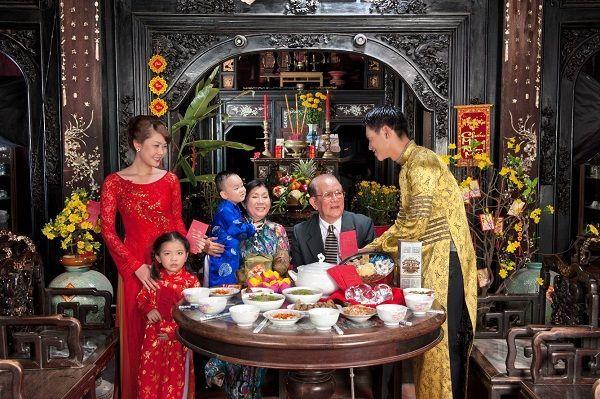Khám phá phong tục và tập quán của cộng đồng người K’Ho
Đà Lạt, với vẻ đẹp thiên nhiên quyến rũ, càng trở nên đặc biệt bởi nền văn hóa truyền thống đậm đà của người dân tộc tại đây.
Người K’Ho với phong tục và tập quán độc đáo đã làm phong phú thêm trải nghiệm du lịch văn hóa tại Đà Lạt. Hãy cùng mytourblogs.com khám phá chi tiết nhé.
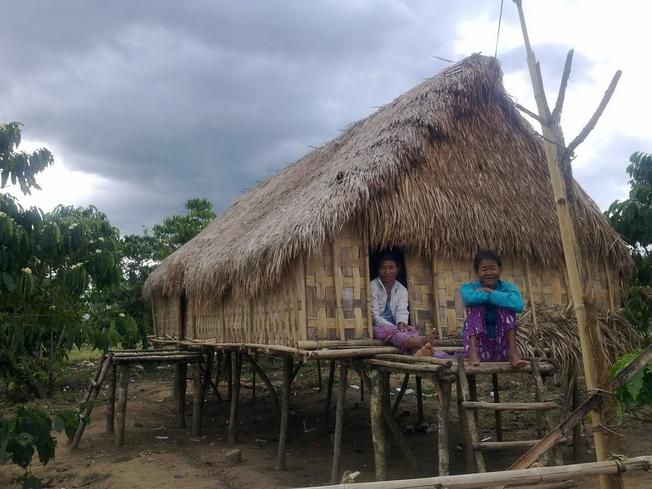
Đặc trưng về niềm tin về thần thánh
Surviving and thriving amidst nature, mountains, and forests, the K’Ho people at Da Lat tourist destination have created unique and fascinating customs and behaviors. They believe that in everyday life, there is always a supernatural force, the supreme beings that exist and watch over from the deep green forests, majestic mountains, to caves, crevices, rivers, and streams. The K’Ho people refer to these supernatural beings as sacred and mystical with names full of reverence and worship, such as Yàng and Cà.
Those in high positions like the god Ndu are considered the creators of all species: humans, animals, livestock, the Mountain God Lang Biang, the Thunder God, and a little below are the natural deities that the K’Ho people often visit, such as the Water God, House God, River God, Stream God, Tree God... Especially, for each lineage, each clan temple worships a specific deity that they respect. The homeowners often dream of that deity coming to protect their family and loved ones.
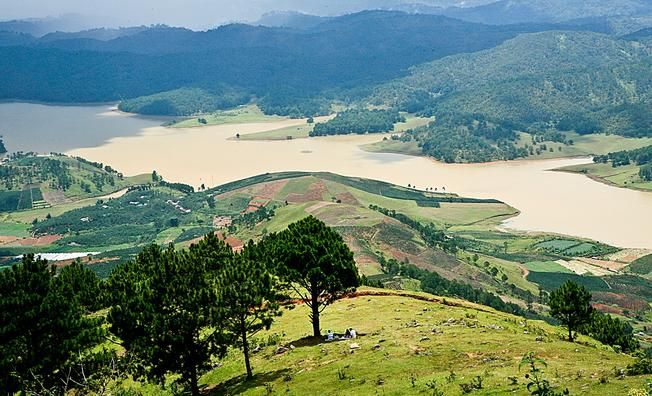
Living in a communal setting, all K’Ho people, regardless of their occupation, must always remember in their subconscious the responsibility to strengthen, develop, unite, help each other, and protect the surrounding nature. They adhere to the tribal and village leaders, the elderly with status and knowledge in the community. Discussions, meetings often take place around the aroma of the traditional wine, creating an atmosphere of seriousness yet warm with sincere and genuine human nature in the mountainous area.
Wedding customs
Speaking of the marriage customs of the K’Ho people at Da Lat tourist destination, they follow the maternal system, which means the practice of choosing a spouse. There is a rule that everyone must follow: siblings within the same clan cannot marry each other. The K’Ho people take the surname from the mother's side. For example, people from the Liêng Hót and Đa Gút clans will not marry those from the C’Ho Lạch clan, and vice versa. The K’Ho people pass down the tradition through oral singing, especially when intoxicated with the aroma of traditional wine, they sing:
'Sharpen the knife, sharpen the hoe, look for a hard stone.'
'Set traps to catch birds, so find a well-worn path.'
'Marriage, the child of Aunt and Uncle.'
'Leaving the field means hunger.'
'Cutting the dress means poverty.'
'Abandoning the child, niece, nephew, becomes a servant.'

In modern times, the K’Ho people marrying someone from outside the village or elsewhere is no longer prohibited as it used to be. If, unfortunately, the wife or husband passes away, the remaining person must wait for one year before taking another step to establish a new family and bring happiness. Those who violate this rule will face judgment before the elders of the village. If the village does not pass judgment on the guilty party, they believe that misfortune and bad luck will come, bringing calamity to everyone.
In an interesting twist, K’Ho Lạch men, unlike the Kinh people, when a son proposes, the bride's family will go together with the matchmaker. The matchmaker, skilled in communication and with a touch of charm, will go to the groom's house to inquire and exchange pleasantries.
During pregnancy, K’Ho women at Đà Lạt tourist destination refrain from eating meats like porcupine and pangolin. They avoid carrying heavy objects and wearing a backpack on their back because, as experienced elders pass down, it can complicate the birthing process.
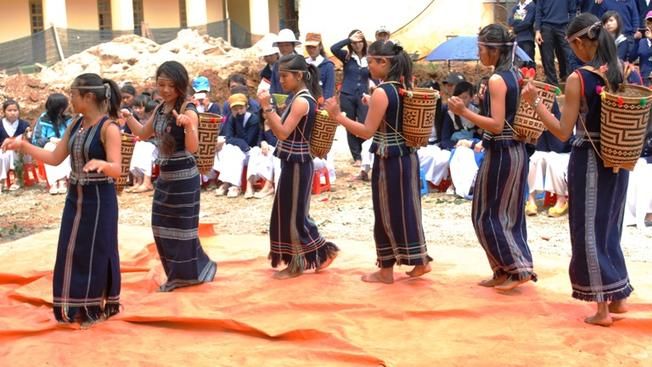
Within the first 7 days after childbirth, strangers are not allowed to visit, except for close relatives and friends. During this period, a green thread will be hung at the entrance of the house to signal this restriction.
Customs of the mourning period
Regarding mourning customs, when a family experiences a loss, the entire village spontaneously comes to help. Each person has a role, and the sound of the gong echoes to accompany the departed soul to its resting place. A tree is cut down, and a hollowed-out trunk is used as a makeshift coffin. The coffin is decorated with colorful patterns, and the grave is placed in the village cemetery, with the head facing east and the feet facing west.
K’ho Srê people believe that those who die in an unusual way are haunted by evil spirits. After burial, they place fishing hooks and animals like frogs around the grave. If the hooks catch something, it is kept by the deceased person's family. For those who die in an unexpected manner, the K’Ho Srê observe an 8-day mourning period, during which they do not leave the village. Guests are not allowed until they see leaves placed outside the house, signaling a period of restraint. The body of those who die unexpectedly is buried separately, not in the village cemetery. Those who die in unfortunate circumstances must seek the help of a sorcerer to expel evil spirits from the house.

With these customs and traditions, K’Ho people have contributed to enriching the culture of Đà Lạt. Come and experience, and you will discover many interesting things.
- Đặc trưng về niềm tin về thần thánh
- Wedding customs
- Customs of the mourning period



